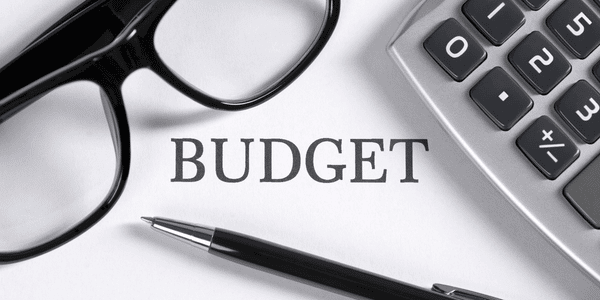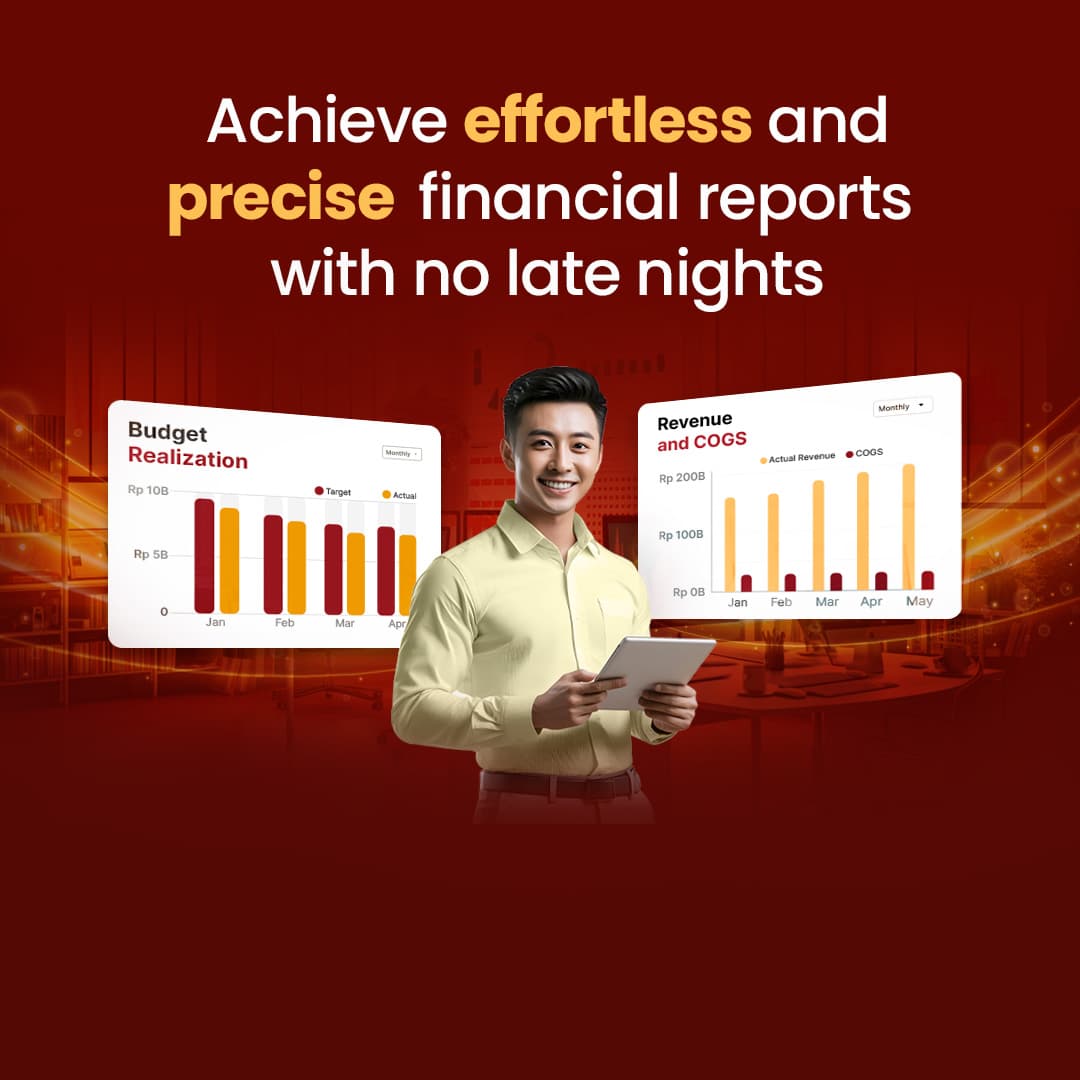Budgeting helps you control your spending and save up money for the future. Creating a budget helps you see the big picture and focus on achieving your goals for the year. A budget is only a spending plan that factors in such considerations.
In order to make the most educated financial choice requires a set of additional tools such as Accounting Software. The many options for business budgeting software might make a well-informed purchase challenging.
In such a plethora of options, how are you supposed to decide? Put your faith in us; we fully grasp your situation and wish to assist. A program that allows you to keep your business finances in order, monitor your income and expenditures, and conduct an in-depth analysis of your data to make wise choices.
Take a look at this list of the top company budgeting software features to see which ones you should use.
Table of Content:
Table of Content

Also read: Why Do You Need Startup Accounting Software?
Source Data Integration and Metadata Management
Metadata, by definition, is information about information. Metadata is commonly used to organize and describe large amounts of data. It simplifies and organizes enormous volumes of data. Although it may seem complicated, metadata is something that you often encounter in your daily life. For example, you must have an app to play music where you can see various songs according to their information, such as album name, artist name, year released, and music type. This is business metadata that you will understand.
The best business budgeting software can effortlessly connect with many data sources. The software can provide and gather all relevant information to help you make the best decisions. Furthermore, budgeting software that can upload and combine data from multiple sources. As a result, you may save time while always ensuring that the most accurate, full, and up-to-date information is being use.
Budget systems must handle metadata and data networks to properly analyze and use data. The tool helps find and resolve data discrepancies without slowing production or requiring technical expertise. Financial systems allow you to locate and trust the data you need. Your firm most certainly has significant amounts of complex data from various sources. You must identify, comprehend, and trust the relevant information to gather meaningful insights that benefit your business.
‘What-If’ Analysis and Re-Forecasting
Accurate budget forecasting and what-if analysis are challenging for many businesses to achieve. These businesses still employ tools and models that have long been rendered outdated by rapid technological changes or need more expertise to make constant adjustments throughout the year. If you think your company might be in a similar situation, it might be time to switch to more modern and accurate ways of predicting business.
The days of manually creating spreadsheets are long gone. This technique is not only prone to errors, but it also necessitates numerous additional hours of labor. As a result, now is the time to transition to an automated and integrated budgeting system to improve your company’s forecasting performance. If a business plans well, it can avoid losses.
But what-if analysis is the best way to figure out what might happen if any of the things that affect a company’s performance change plausibly. It has many benefits because it lets businesses find answers to questions before they happen. The analysis process will give you answers you can trust, which will help you prepare well for these situations. By finding out early, company leaders can switch to the right plans to deal with any situation. Then how do you do it? Use financial software that can systematically help you with a low chance of making mistakes.
Also read: Why is Cloud Accounting Software Important to Business?
Top-Down Budget Entry and Budgeting by Exceptions

Top-down budgeting is when top managers set a budget for the whole company. Top management creates the budget based on the company’s goals and delivers it to department managers. Managers may sometimes make suggestions for the budget before the budget is made. Once the budget report is made, the management gives specific amounts to each department. Those departments then have to make their budgets based on the amounts they were given and their goals.
When making a budget from the top down, a company’s management looks at experience and the current state of the market. They use the prior year’s budget and financial statements to allocate funds. Lower-level managers can give higher-level managers their comments, which helps them comprehend the budget’s problems. They also consider internal and external issues like the economy, tax legislation, margin pressures, pay increases or cutbacks, and peer profitability.
Budgeting from the top down does save time for lower management by streamlining spend aggregation. Thus, lower-level managers can focus on other tasks to be more effective. But there are also downsides, like less motivation for managers who have to carry out the budget because they don’t own the process of making it. Since managers do not take part in budget creation, they may not have confidence in the effectiveness of the budget plan.
Also Read: Top 5 Financial Budget Template to Streamline Your Spending
Business Rules Modeling
The way one’s organization works is written down in the business rules. With an ‘If this, then that’ way of thinking, they write down business practices and procedures and tell employees and software how to make decisions. When using business rules in automated workflows, they reduce the amount of human intervention to make decisions.
Some rules must be followed in business as a whole. Changing a rule’s scope requires updating each process task. You can instantly change your rules with a digital process automation platform like HashMicro. Start by making your business rules official if you want to set up the best-automated workflows. The software can learn from standardized decision-making. Automated tools can handle problems without distracting employees from more important work.
Drill-Down and Drill-Through
If you’re new to business intelligence, you need to know words like ‘Drill-Down’ and ‘Drill-Through.’ Data drills can be added to any chart or other way of representing data. But they are especially useful in tables because they give you more data and a deeper understanding. Tables can benefit from drill-downs more than other charts because drill-downs can simplify larger data sets.
The main benefit of drilling down on data is that it lets you explore hierarchical information interactively without making an extra report. This way, you can find useful information in one place while on the go. Even though ‘drilling through’ is similar to ‘navigation,’ it is a very important idea because it lets users explore related data further by clicking on a visualization.
Exception Reporting and Alerting

Exception reporting is analyzing and comparing data to look for oddities, errors, or suspicious activity and then recording them on a report. If something goes wrong with a process, exception reporting makes it easy to find out what went wrong and tell management or department heads about it. In an exception report, explain what should have happened, what happened, when, and how it affected the business. The report could also explain why or what made the problem worse.
As we’ve said, all departmental tasks can benefit from exception reporting. It all comes down to data management and use. All firms need a continuous cash flow. Thus accounting must monitor financial processes. For example, you can flag certain types of customers such as those who still need to pay their bills, have reached their credit limit, or are owed more than a certain number of days. Automating exception reports using software ensures smooth business operations.
Also read: 6 Ways to Make Your Finance & Accounting Department More Efficient
Business Budgeting Software from HashMicro
Keeping track of your business’s money can be hard, which is why you need accounting software to help you keep track of the money coming in and going out of your accounts. Quality programs have several ways to save time that make it easier to enter data into the system.
Depending on your program, Accounting Software can make things like sending out invoices, keeping track of payments, conducting a spend analysis, and following up on past-due receivables easier and faster.
HashMicro’s business budgeting software allows businesses to streamline their processes to meet their business needs. Especially for making a budget to track how much you spend and how much you have saved for the future.
Before, you had already planned out your expenses for a certain amount of time, but accounting software can make it easier. HashMicro is a tool that can help you organize your finances, keep track of your income and expenses, and analyze your data in depth so you can make smart business decisions.
Conclusion
The use of budgeting software is very important to maintain the smooth running of a business. You can easily manage your business finances with a high-tech and integrated system. Not only that, but the features previously described are also tools that can minimize errors and reduce losses. But the level of sophistication of the software can vary from one vendor to the next. Some systems only offer the basics, like keeping track of what comes in and goes out. Other companies, on the other hand, offer more advanced tools.
HashMicro has features that can help you make the best choices for your business. Of course, you also want the best data security for the sake of your company. So switching to a accounting software is the right choice. Download the pricing scheme to determine the estimated costs if you are starting to use budgeting software. You can also get a free demo on our website!




































